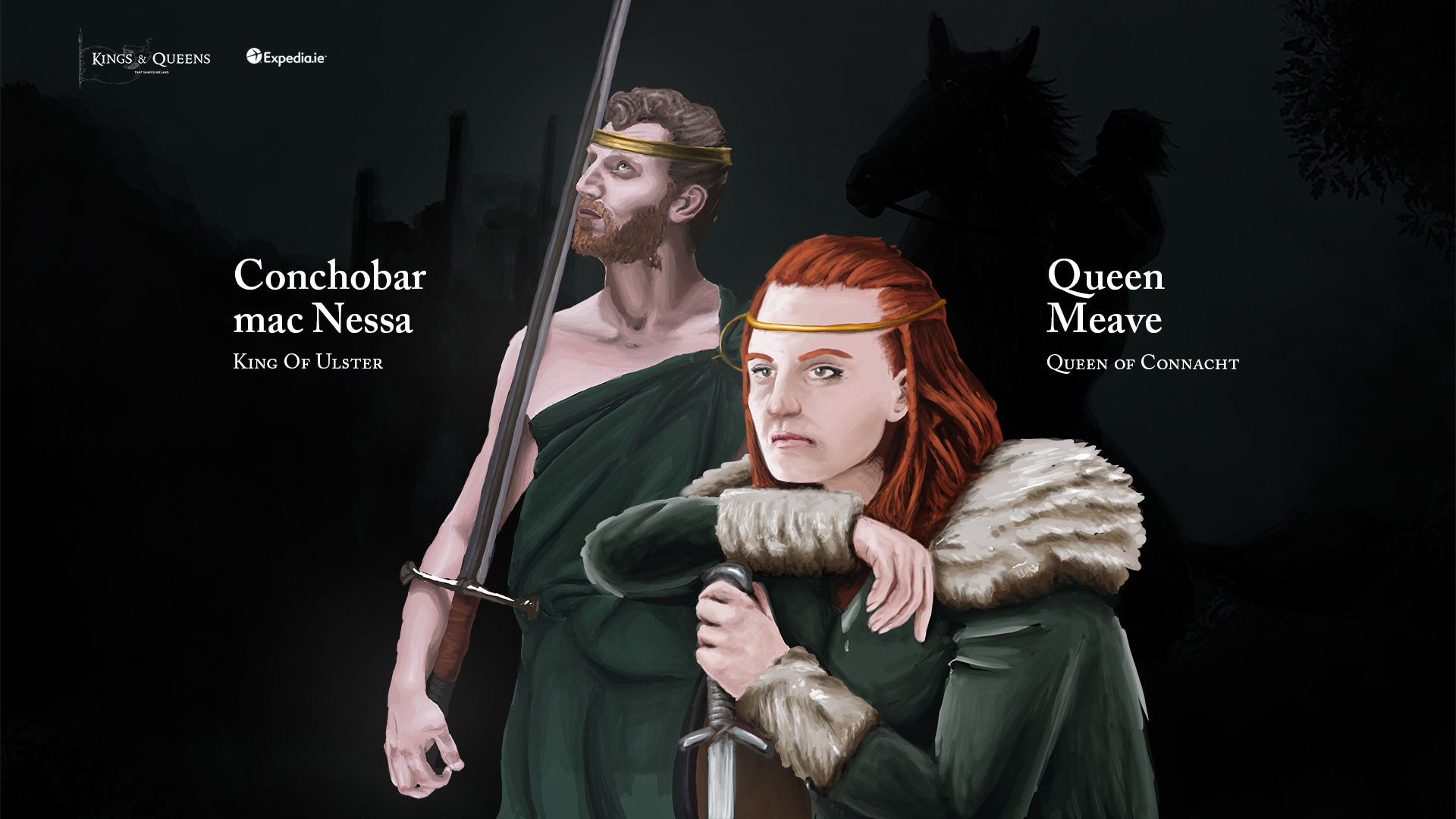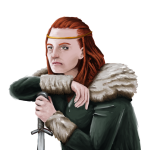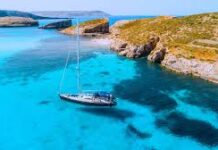
Hundreds of years ago Ireland was graced with some of the most powerful and impressive queens. Women who played a significant part in the identity and history of Ireland.
Expedia features stories and illustrations of Ireland’s queens on its new Kings and Queens of Ireland website, developed with the help of historians from the National Museum of Ireland, Trinity College Dublin, and Queen’s University Belfast. The site also includes relevant travel itineraries so curious travellers can retrace the steps of these game changing queens.

Queen Maeve
One of the most famous queens in Ireland, Queen Maeve was known as the ‘Warrior Queen of Connacht’. Maeve took over from her father, the King of Connacht, when he went on to become the High King of Ireland.
Maeve first married the High King of Ulster, Conchobar mac Nessa, but went on to marry four other kings during her lifetime. It has been said that Maeve was the influence behind several of her husbands going on to become kings.
Queen Maeve featured in the legendary Tain Bo Cuilnge (Cattle Raid of the Cooley) story. Keen to own the great bull of Cooley, Maeve is said to have summoned an army to gain possession of the bull. In the end, she succeeded and took the bull back to Connacht with her. Legend has it that the bull was set upon and killed by a white-horned bull owned by her husband Ailill.
The mystery that surrounds Maeve is probably what makes her such an interesting character. To some, she was a goddess and impressive woman, and the reason behind most of her husband’s becoming kings. For others, a feisty and belligerent character who set out to cause trouble. Whatever her true character, Maeve will certainly be known as a unique and memorable part of Ireland’s history and culture.

Gormlaith
Born in Naas, Co Kildare in 960 AD, Gormlaith became famous in Irish history as the wife of the King of Ireland, Brian Boru. Brian was one of the most well-known Irish Kings of all time.
Gormlaith’s legacy was not that of a typical supporting wife. Their marriage was short lived and her son from a previous marriage, Sitric, was an enemy of Brian. Many stories say that she encouraged Sitric to fight against Brian in the Battle of Clontarf.
Further historical details about Gormlaith can be found in the Book of Leinster at Trinity College Dublin. The book covers many different stories crafted by abbots and (supposedly) commissioned by Diarmait Mac Murchada, who was once King of Leinster.
Grace O’Malley
Grace O’Malley was an exceptionally strong character in Irish history. It is said that Grace spent most of her life protecting her native land from enemies and defending against English rule.
Grace’s stronghold was at Clare Island in the west of Ireland, where she used her piracy and seafaring ways to protect the west of Ireland against attack.
Grace married Dónal an Chogaidh Ó Flaithbheartaigh and gave birth to three children: two boys and a girl.
Eventually, despite her best efforts, English administration found its way to Connacht and it is said that the newly appointed Governor, Sir Richard Bingham, held her two sons captive as punishment for rebelling against him.
Through her powers of persuasion, Grace was able to coerce Queen Elizabeth I to lift some of the sanctions imposed by Bingham and release her sons. It is said that Grace wrote letters to the Queen making a plea for her situation. As a result, she was granted an audience with the Queen at Greenwich Castle in 1593. In this meeting, it was revealed that the Queen showed great admiration for Grace and her determination.

Discover more about Ireland’s rich stories of Ireland’s ancient queens (and kings) in Expedia’s guide to the Kings and Queens of Ireland.




